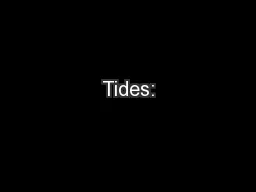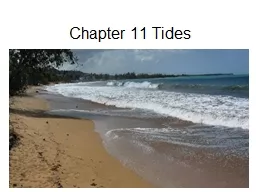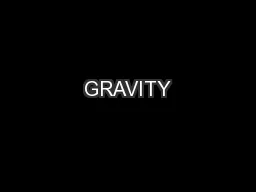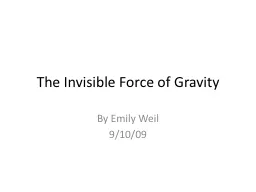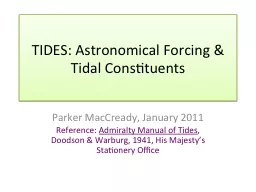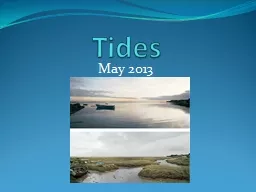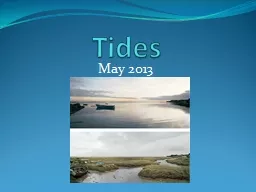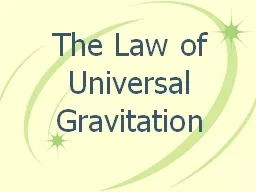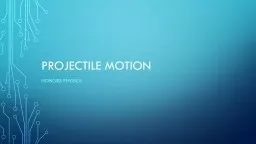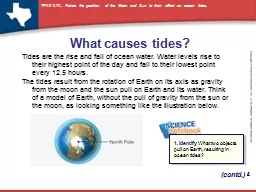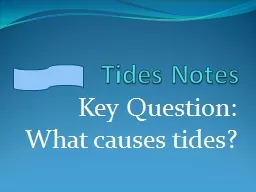PPT-Tides Gravity Remember, gravity is an invisible force of attraction between two objects.
Author : ventuilog | Published Date : 2020-08-27
What celestial object is attracted to the Earth The Moon What celestial object is the Earth attracted to The Sun Effect of the moon on the Earth The Moons gravity
Presentation Embed Code
Download Presentation
Download Presentation The PPT/PDF document "Tides Gravity Remember, gravity is an in..." is the property of its rightful owner. Permission is granted to download and print the materials on this website for personal, non-commercial use only, and to display it on your personal computer provided you do not modify the materials and that you retain all copyright notices contained in the materials. By downloading content from our website, you accept the terms of this agreement.
Tides Gravity Remember, gravity is an invisible force of attraction between two objects.: Transcript
Download Rules Of Document
"Tides Gravity Remember, gravity is an invisible force of attraction between two objects."The content belongs to its owner. You may download and print it for personal use, without modification, and keep all copyright notices. By downloading, you agree to these terms.
Related Documents


